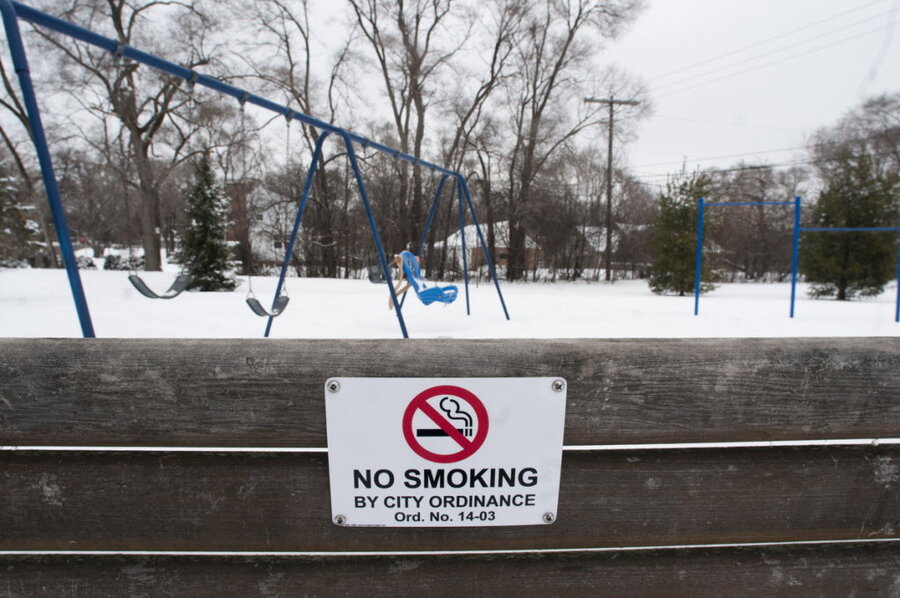Smoking rate drops to all-time low in United States
Loading...
The smoking rate in the United States has plummeted to new lows, according to new data published by the Centers for Disease Control and Prevention.
In the last decade, the smoking rate for adults in the United States dropped from 20.9 percent to 16.8 percent, including a full percentage-point drop in 2013 alone. This is a good sign for the Office of Disease Prevention and Health Promotion’s (ODPHP) goal of reducing the smoking rate to 12 percent by 2020.
The study also found that smoking was more prevalent among particular demographics, including multiracial people (27.9 percent), those who live below the federal poverty level (26.3 percent), American Indian/Alaska Natives (29.2 percent), and people with a General Education Development (GED) certification (43 percent) – the highest of any demographic.
The study also showed that males smoke more than females by four percentage points, and 23.9 percent of people who are lesbian, gay, or bisexual smoke. In terms of age groups, smoking appeared most prevalent in adults ages 25-44 (20 percent).
"Smoking kills half a million Americans each year and costs more than $300 billion," CDC Director Tom Frieden said in a press release. "This report shows real progress helping American smokers quit and that more progress is possible."
In 2013, The New York Times reported that awareness of the tobacco industry’s marketing tactics, increased cost of cigarettes (including high taxes), and smoking bans (especially in workplaces), all contributed to the lowering of the smoking rate. But school education programs are found to be largely ineffective.
"Comprehensive smoke-free laws, higher prices for tobacco products, high-impact mass media campaigns, and barrier-free access to quitting help are all important. They work to reduce the enormous health and financial burden of tobacco use and secondhand smoke exposure among Americans,” said Brian King, the deputy director for research translation for the CDC’s Office on Smoking and Health.
But there was one alarming find: uninsured adults or those on Medicaid smoke at rates more than double those with Medicare or private health insurance.
Nearly 28 percent of uninsured adults smoke versus about 13 percent of those with private insurance, while about 29 percent of Medicaid recipients smoke compared to 12.5 percent of Medicare recipients.
As The Christian Science Monitor reported on Thursday, the federal Department of Housing and Urban Development (HUD) has proposed a smoking ban on all public housing across the country, which would effectively make a million households smoke-free.
And in June, Hawaii became the first state to raise the smoking age to 21.





